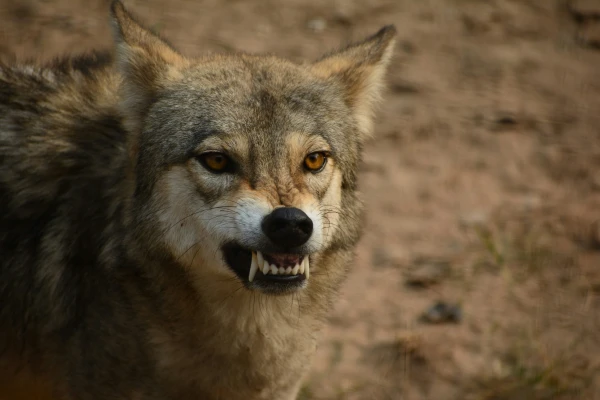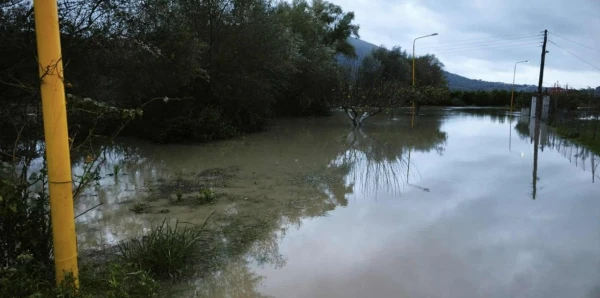
TV3 news has repeatedly reported on the losses caused by wolves. They attack domestic livestock, yard dogs, and flocks. One farmer in Estonia now has only four sheep left from a large flock. Farmers' hopes for a significant increase in culling limits will not be fulfilled, as the overall situation is allegedly not that bad.
Autumn already makes rural homesteads gloomier than at other times of the year. But the recent wolf attack has only intensified this feeling. The farmer is at a loss.
“I have been raising sheep for 14 years. For ten of those years, without any problems. Wolves have started appearing here in recent years, and after the last attack, I have only four sheep left from 80,” says shepherd Joel Kulus.
That it is indeed the wolves to blame is confirmed by surveillance camera footage. Domestic birds are also being hunted.
As in the previous year, this year in Estonia, wolves — more specifically, the issue of their culling — remains a contentious topic. At the end of October, the Environmental Board issued an order regarding the permitted number for culling. The large predator protection association attempted to contest it. The court dismissed the lawsuit, but an appeal is still possible.
“I am convinced that hunting is necessary. But not on any wolves, only on those that pose a threat. Hunters could observe and wait right by my house,” says Joel Kulus.
It was planned that 84 wolves could be culled this season. At the same time, scientific data indicates that the annual population growth of wolves in Estonia is higher.
“In my opinion, Estonia is turning into a land of predators — it has essentially already become one. I don’t know what to say. The joy of life in the village has disappeared. Joel is my best friend. How many times have we met to talk about the torn livestock? At least the third,” says former shepherd Taivo Remelgas.
Opponents present different data: the total number of sheep killed by wolf attacks has decreased by more than half compared to last year. However, in the regions where attacks occurred, the culling limits will be higher.
“I would definitely limit the number of wolves and lynxes. They say the wolf is the sanitary of the forest. So let it remain the sanitary of the forest, and not come to domestic livestock and human yards. All of this is visible on video,” claims the chairman of the Rapla hunting society, Jaak Mursepp.
“If we look at the numbers without unnecessary emotions, the number of wolf attacks has not increased. In the summer, we issued 12 special hunting permits specifically in those regions where there were more attacks. We would like domestic animals to be protected, and wolves not to be able to reach them,” says Lello Kukka, Deputy Director General of the Environmental Board of Estonia for nature protection.
Support can be obtained from the Environmental Board to prevent damage caused by predators, for example, by installing protective fencing or acquiring guard dogs for the flock. The maximum amount of possible support is 9600 euros.













